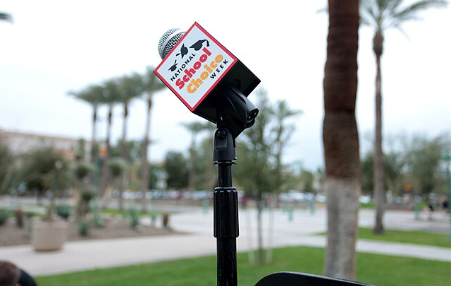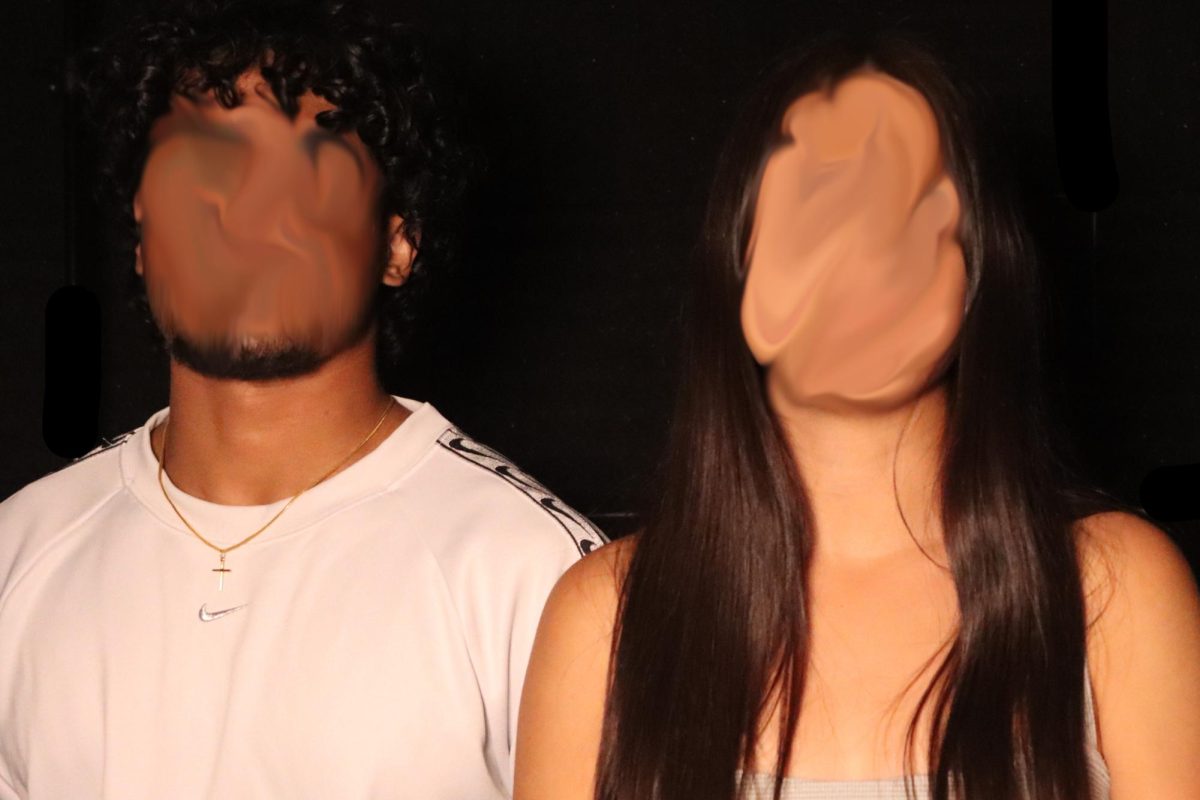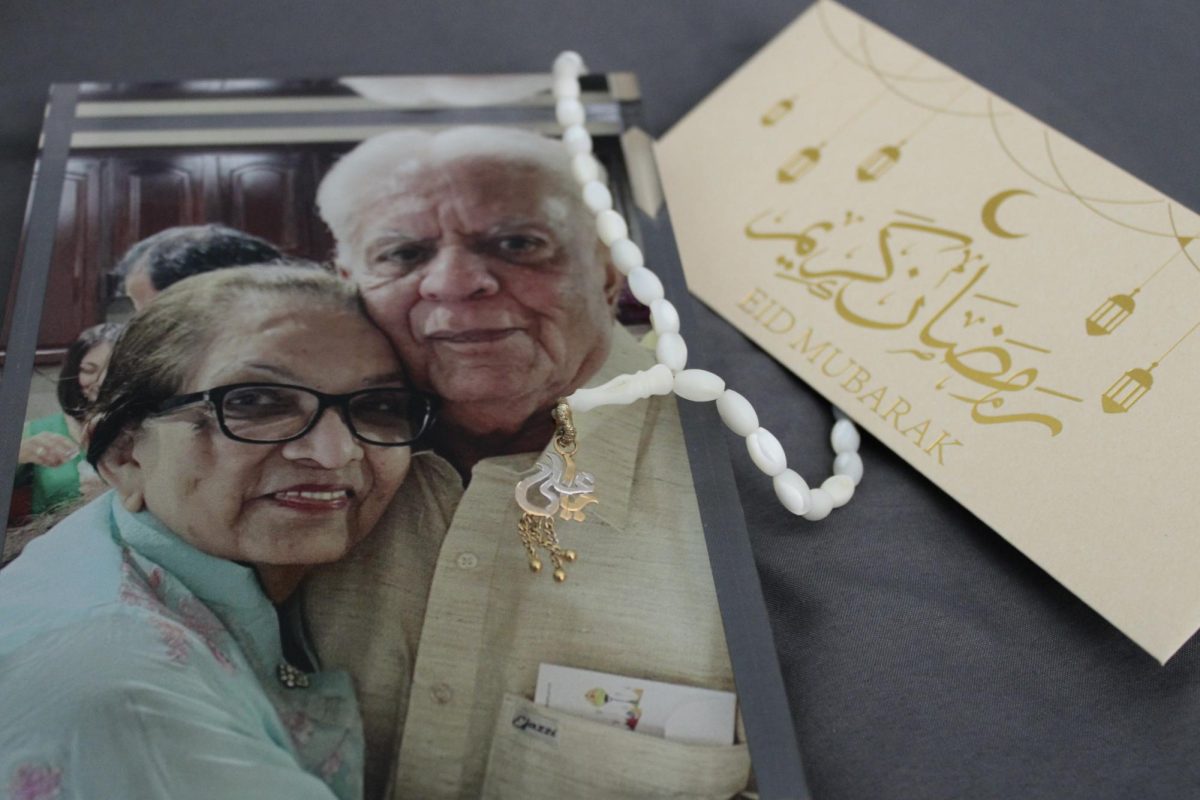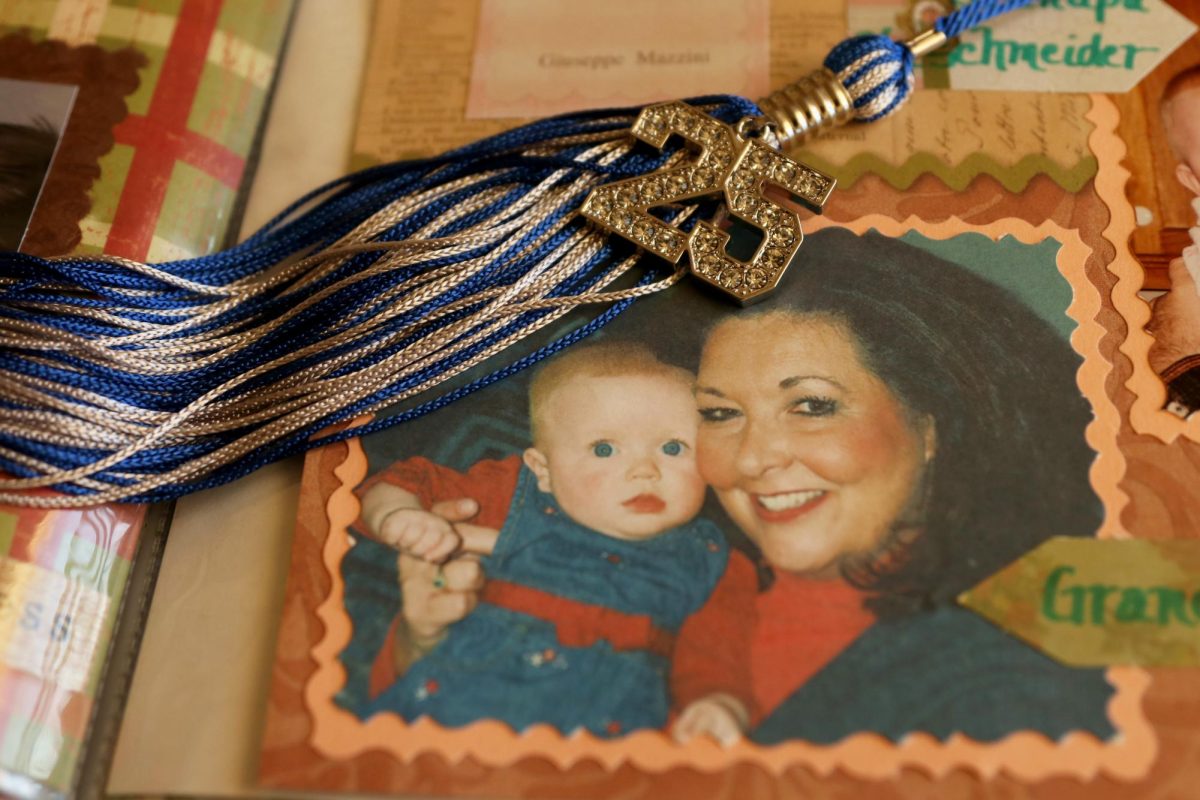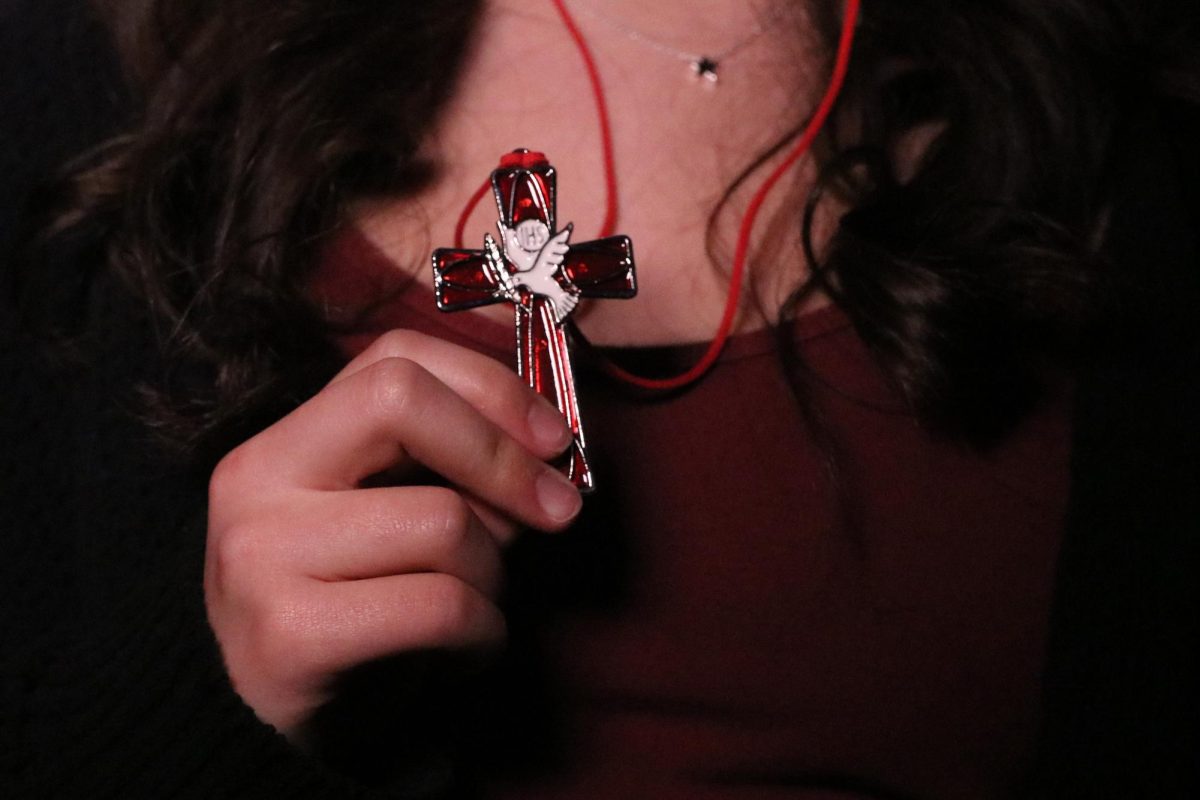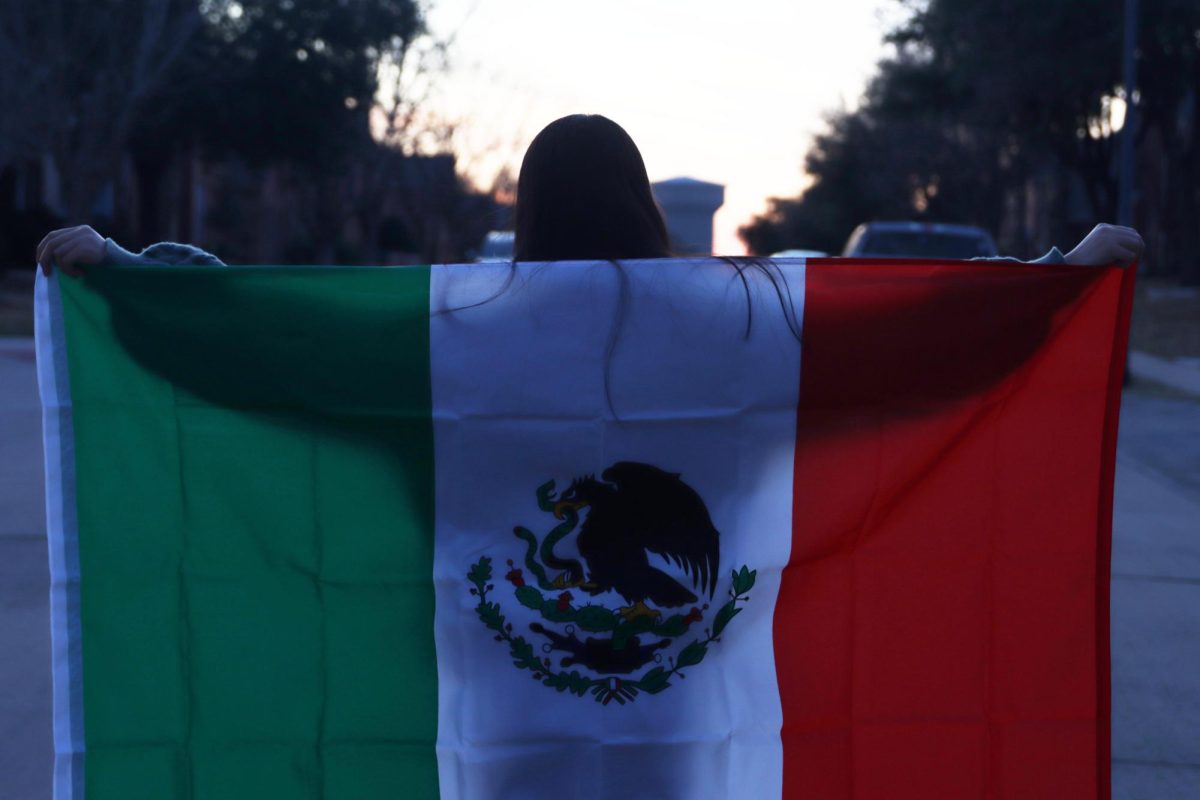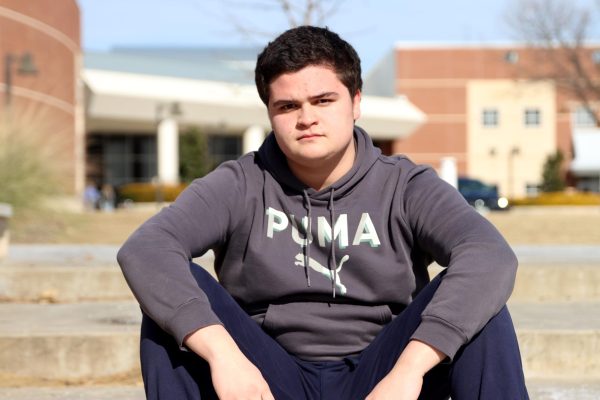American public education is a dying beast, and the vultures have already started circling it. Today’s students are more distracted than ever. Reading and math scores are at their lowest point since 1971. The system behind school funding is designed to disproportionately set up wealthier districts with more funding while leaving behind poorer, inner-city and rural areas, with clear racial undertones. Additionally, just like every other underfunded public service, privatization comes right around the corner.
“School choice” is the term currently used by proponents of privatization. The idea revolves around state education funds being sent directly to parents in the form of vouchers, to help parents pay the cost of tuition at private schools. The idea, while innocent in nature, leaves out the part where the money comes from: public schools.
Public education is already inadequately funded due to the system in place where property taxes ultimately determine a large portion of funding. This leaves poor and working class districts out to dry while making sure the wealthiest districts receive the most public funding. It ensures that the districts that need the least amount of public funding receive the most and vice versa.
Divestment from our already unequal funding system would only exacerbate the problem, as the money transferred via vouchers in many cases where voucher programs have already been implemented often do not cover the entire cost of tuition. That would occur because either the voucher simply doesn’t cover the entire cost of current tuition, or because of private schools raising tuition fees in response to said programs. This comes as a direct result of the lack of oversight regarding where the funds go and how they’re used.
This has been a key issue since the school choice movement’s origins in the aftermath of Brown vs the Board of Education. As integration in public schools was enforced by federal law, white people in the South flocked to private schools that were de facto segregated in backlash to the ruling. The legacy of the “segregation academies” exists to this day, as many private schools — especially religious ones — in the South can trace their origins back to the backlash against school integration. It is no coincidence that the push for school vouchers often advocates for funding private religious schools, because, after all, “putting God back in the classroom” has been a conservative rallying cry for decades.
One of the main arguments school choice activists make is that private education is more efficient and educates children better than public schools. While it’s true that many private schools tend to have better test score averages than public ones, it is likely a result of the fact that private schools have the right to exclude students at will, making it so that its students are often overwhelmingly upper middle class or wealthier. However, private schools have little to no government oversight, which often leads to private schools being more prone to pushing certain agendas.
While the movement for school choice has never been larger, it’s been a thorn in public education’s side for decades. As Arizona, Florida and several other states that have already managed to implement voucher programs, there is a growing concern that it’ll expand nationwide, as former Secretary of Education Betsy Devos tried to put it into practice. In a country where the vast majority of people rely on free and accessible education, siphoning money from public education into unreliable alternatives would only jeopardize the already unstable state of public schools across the country. Every dollar spent is a dollar taken from a struggling school.



